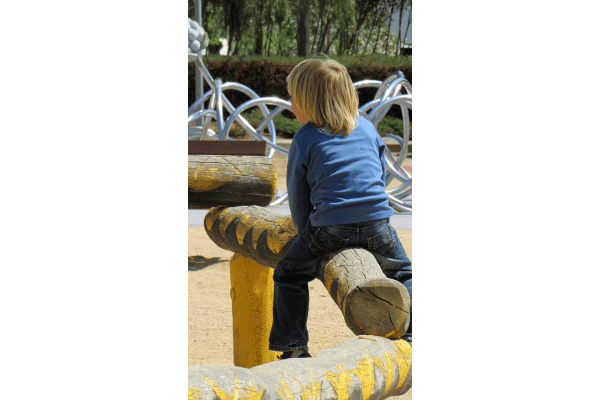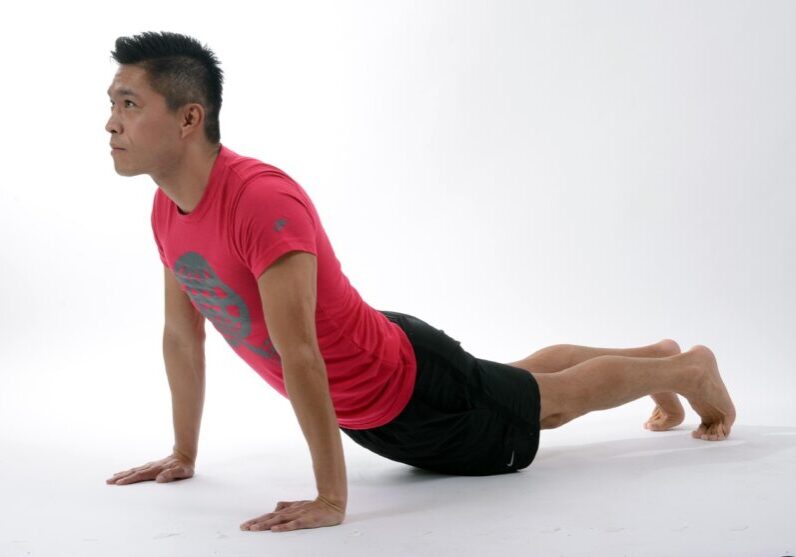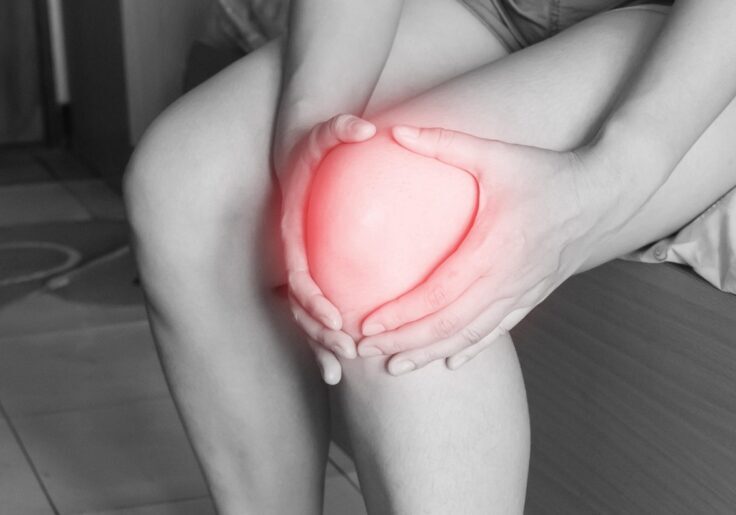
By: Zahava Sokolow, DPT
For adults, physical therapy seems straightforward [although, that’s debatable]: mobilizing and exercising at the direction of a physical therapist with the goal of decreasing pain or increasing function so you can live life. But what does PT look like for a newborn, infant, or child who you can’t easily give instructions to? Play.
A child’s job is play based, just as a lawyer’s is desk based or a nurse’s is standing. To facilitate new motor patterns and allow for development, we meet a child where they are – we find toys and games of age-appropriate levels [making us “the fun doctors,” as many children have called me]. This blog will briefly discuss types of play and strategies for motor development, with or without a diagnosis.
Newborns: From 1-3 months old babies engage in unoccupied play – also known as exploratory play. They will look around, reach for objects, explore their environment, and experiment with movement patterns. This may look like grasping objects, flailing extremities, or grabbing their own toes, for example. Facilitating play in this stage may include brightly colored toys, play mats, tummy time near a mirror/parent, and looking at pictures, to name a few. This time can be used to strengthen muscles, promote flexibility, and freedom to move.
Infants: From 3 months to 2 years old, babies engage in independent play. This tends to include solo play [as opposed to engaging with others] in order to continue exploring, building independence, and fine tune motor skills. This tends to include pushing push toys, building with blocks, coloring, and playing musical instruments, among others. Strategies for play may include an easily accessible toy box, brightly colored and attractive toys, and prioritizing the freedom to select activities as able. This time can be used to aid in milestones such as sitting, crawling, and walking by using toys to motivate behavior.
As children get older, opportunities for play expands in a variety of ways. More mature strategies of play between ages 3-8 include more social engagement, such as fantasy play [playing with dolls, dressing up], physical play [riding scooters, bikes, playing freeze dance], and constructive play [building blocks, Legos, model trains]. Facilitating play in these areas may include creating dramatic scenes where the floor is lava to encourage jumping/skipping/running, using Legos to or train tracks to encourage squatting [heavily important for children with “in-toeing” or pelvic floor involvement], or teaching a child to ride a bike for development of balance and lower body strength.
The scenarios are endless, as are the ways to engage a child in physical activity that doesn’t feel like a chore; the world of movement is as creative and free as we make it. If you have a child and wondered what PT would look like – this is it. Free, fun, and age appropriate.
For adults, physical therapy seems straightforward [although, that’s debatable]: mobilizing and exercising at the direction of a physical therapist with the goal of decreasing pain or increasing function so you can live life. But what does PT look like for a newborn, infant, or child who you can’t easily give instructions to? Play.
A child’s job is play based, just as a lawyer’s is desk based or a nurse’s is standing. To facilitate new motor patterns and allow for development, we meet a child where they are – we find toys and games of age-appropriate levels [making us “the fun doctors,” as many children have called me]. This blog will briefly discuss types of play and strategies for motor development, with or without a diagnosis.
Newborns: From 1-3 months old babies engage in unoccupied play – also known as exploratory play. They will look around, reach for objects, explore their environment, and experiment with movement patterns. This may look like grasping objects, flailing extremities, or grabbing their own toes, for example. Facilitating play in this stage may include brightly colored toys, play mats, tummy time near a mirror/parent, and looking at pictures, to name a few. This time can be used to strengthen muscles, promote flexibility, and freedom to move.
Infants: From 3 months to 2 years old, babies engage in independent play. This tends to include solo play [as opposed to engaging with others] in order to continue exploring, building independence, and fine tune motor skills. This tends to include pushing push toys, building with blocks, coloring, and playing musical instruments, among others. Strategies for play may include an easily accessible toy box, brightly colored and attractive toys, and prioritizing the freedom to select activities as able. This time can be used to aid in milestones such as sitting, crawling, and walking by using toys to motivate behavior.
As children get older, opportunities for play expands in a variety of ways. More mature strategies of play between ages 3-8 include more social engagement, such as fantasy play [playing with dolls, dressing up], physical play [riding scooters, bikes, playing freeze dance], and constructive play [building blocks, Legos, model trains]. Facilitating play in these areas may include creating dramatic scenes where the floor is lava to encourage jumping/skipping/running, using Legos to or train tracks to encourage squatting [heavily important for children with “in-toeing” or pelvic floor involvement], or teaching a child to ride a bike for development of balance and lower body strength.
The scenarios are endless, as are the ways to engage a child in physical activity that doesn’t feel like a chore; the world of movement is as creative and free as we make it. If you have a child and wondered what PT would look like – this is it. Free, fun, and age appropriate.



